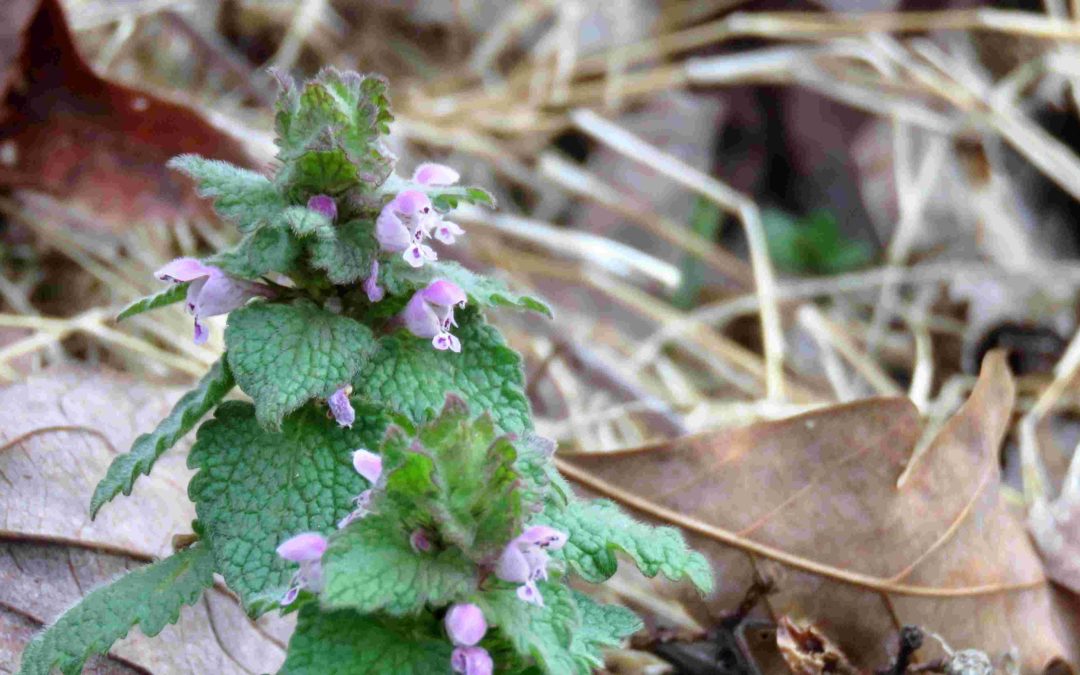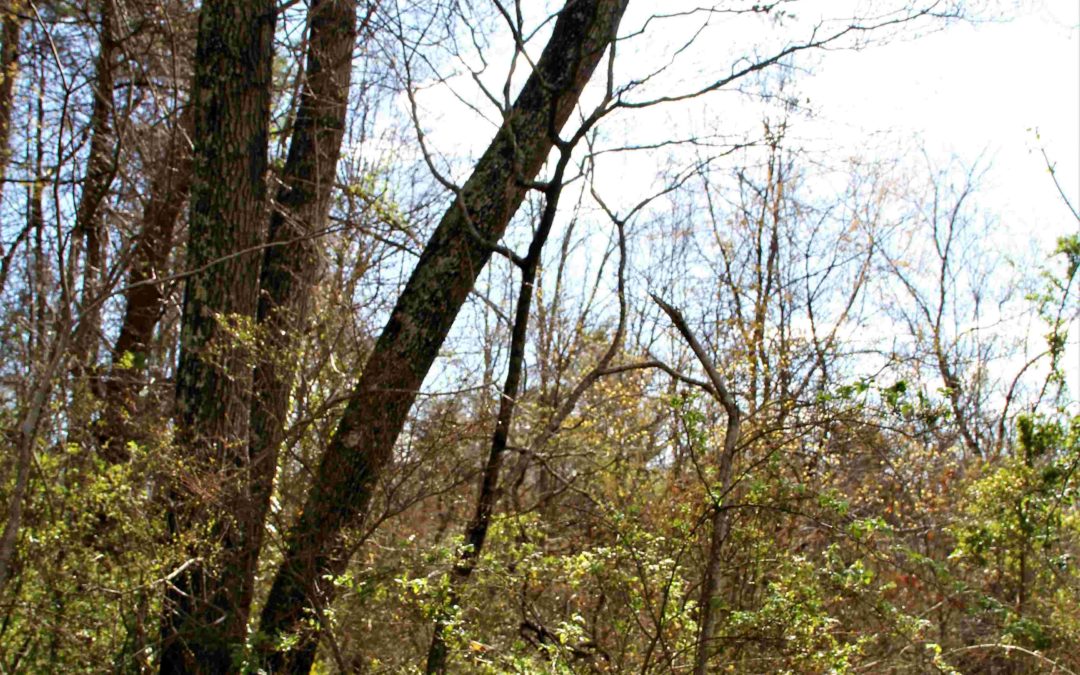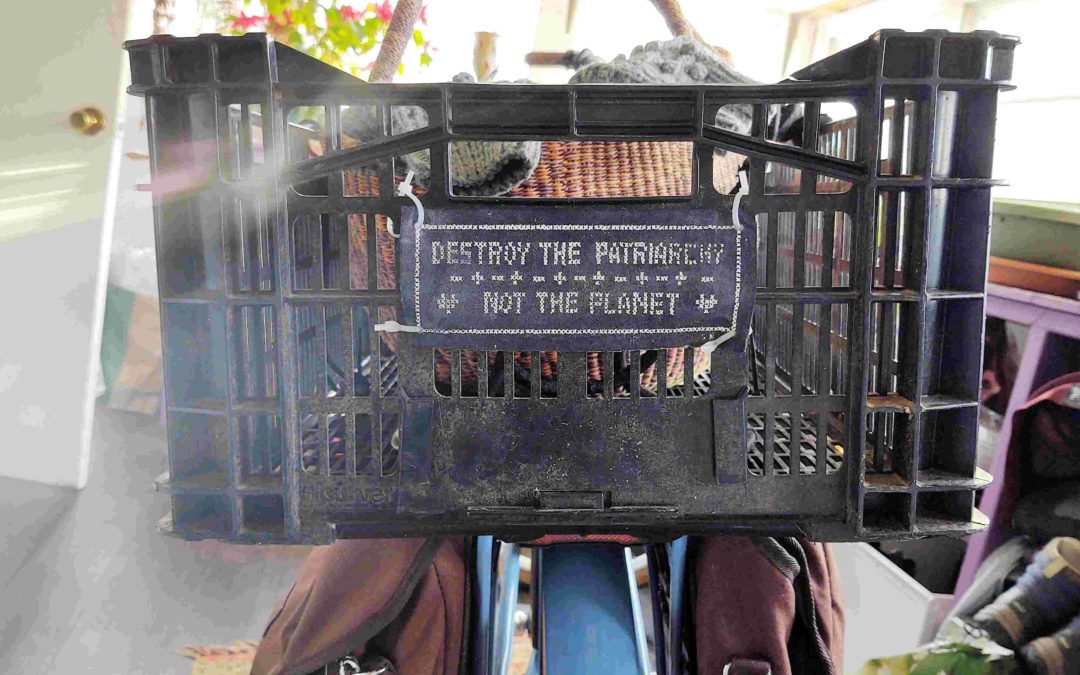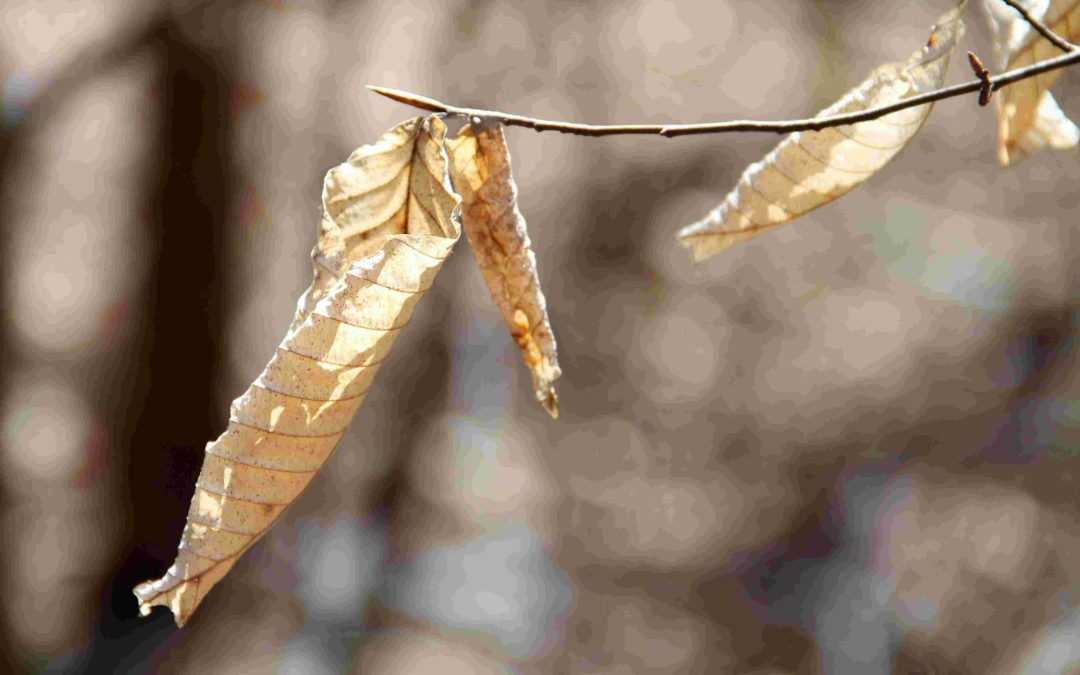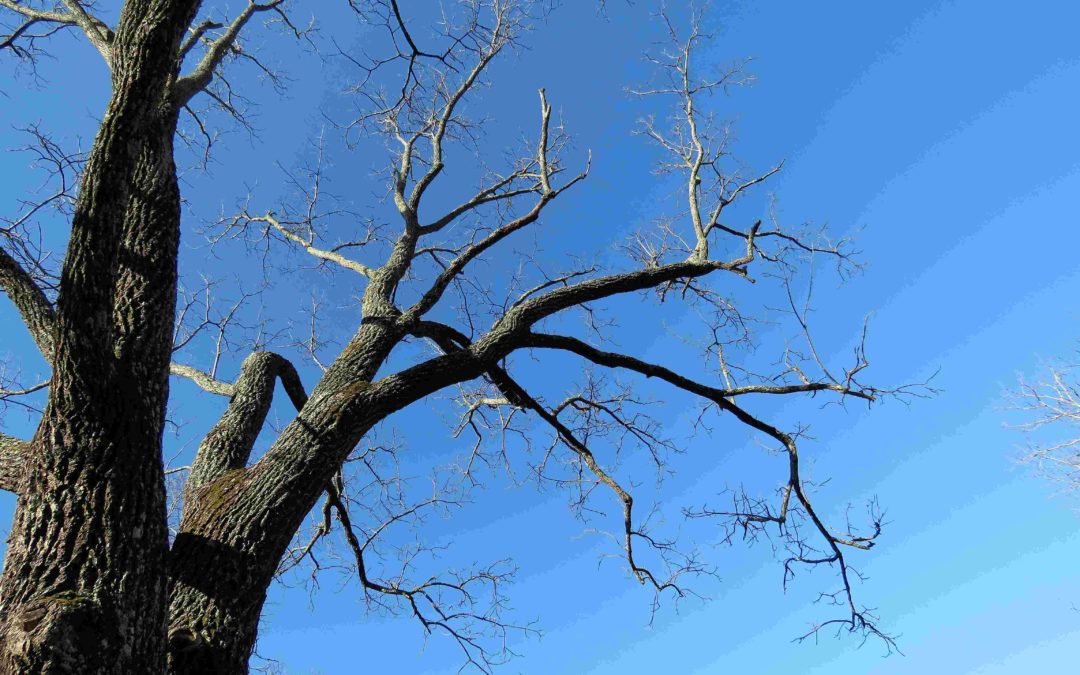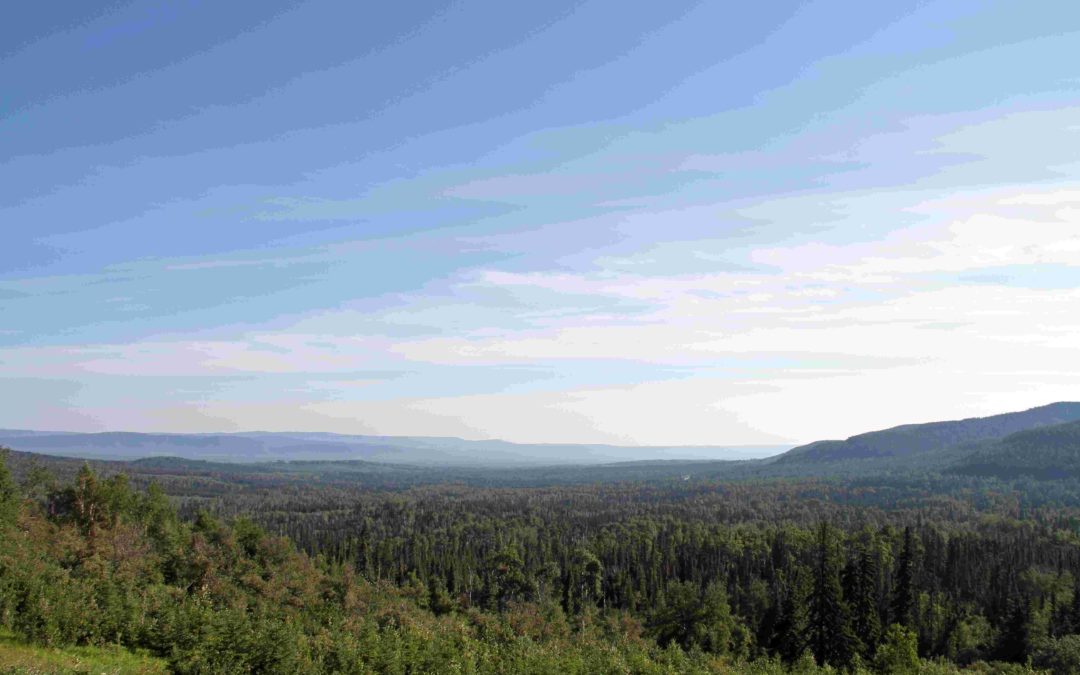
Week 5 – Trees and Toilet Paper
The most common question I get regarding the year of rewilding lifestyle pertains to toilet paper (or lack thereof in my case). At the risk of generalizing, I call attention to the frantic hoarding of toilet paper at the beginning of the pandemic as an indicator that the typical Westerner cannot conceive of life without this commodity. The US is the largest consumer of toilet paper in the world, with the average US American consuming three rolls per week (Dobush, 2019). Multiplied by the 2020 US population (329.5 million), this translates to the consumption of 51.4 billion rolls of toilet paper in the US alone every year. With each person consuming 12,293 rolls across an average lifetime (78.8 years).
Perhaps no other consumer product exemplifies Western consumerist detachment from the more-than-human world than toilet paper. It is used for one of the culture’s unspeakable but necessary activities – to wipe excrement from our bottoms – then flushed away, out of sight and out of mind. But toilet paper doesn’t miraculously materialize from magical factories. Like every single manufactured good, the raw materials used to produce it come from the living Earth. The National Resources Defense Council (NRDC) recently exposed the fact that Charmin, the US’s leading toilet paper brand, contains no recycled content; therefore, all the pulp used in the manufacturing process comes directly from Trees, primarily Trees in Canada (Vinyard, 2021), where 405,000 hectares of Boreal Old-growth Forests are denuded each year to satisfy American lust for convenience (Wulfhorst, 2019).
Tucked away far north and out of the sight of US Americans, Canada’s Boreal Forests are part of the venerable legacy of Earth’s few remaining Old-growth Forests. They provide habitat for 1000s of species, including critical nesting habitats for three billion Birds. They sequester carbon on a scale more than twice that of tropical rainforests and support more than 600 Indigenous human populations (Gauthier, Bernier, Kuuluvainen, Shvidenko, & Schepaschenko, 2015; Vinyard, 2021). In addition to these attributes, scientific evidence, in addition to thousands of years of Indigenous knowledge, now increasingly supports the hypothesis that forests are comprised not simply of arboreal resources for human raping and pillaging, but of communities of diverse sentient floral beings (Simard, 2021; Trewavas, 2014; Wohlleben, 2016).
In a seminal tome, Anthony Trewavas (2014), a molecular biologist, plant physiologist, and Emeritus Professor in the School of Biological Sciences at the University of Edinburgh, outlines the case for Plant intelligence, astutely observing that Plants have been dismissed as insensate automatons based on biased standards.
They [Plants] are commonly assumed to be simple organisms in comparison with mammals, but isn’t this judgement made because they do not seem to move or really do anything obvious? What is being used here is the imposition of human criteria on the behaviour of other organisms. (p. 67)
Furthermore, “We regard ourselves as complex and, therefore, judge other organisms on the basis of how similar their behaviour is to ours” (p. 67). Instead of relying on self-reinforcing, anthropocentric criteria for intelligence, Trewavas applies an analysis of complexity (a commonly accepted variable for aptitude) and behavior to point to Plant intellect, essentially allowing them to speak for themselves according to their own rules. With painstaking, rigorously supported, empirical evidence, Trewavas details indicators of Plant sentience, including self-recognition, capacity to make decisions (and to correct them), future planning, intentionality, learning, memory, and game playing.
For me, the most telling truth regarding Plant sentience and intelligence is their impressive capacity for communication. Plants communicate via chemical signals, producing an extraordinary array of volatile organic chemicals (VOCs) that eclipse (by orders of magnitude) the words in the English language (Simard, 2021; Trewavas, 2014; Wohlleben, 2016), Plants release these messages into the air, via their stomata, or into the soil at their roots. These chemical messages can warn neighbors of threats, such as invading Insect predators or humans with chainsaws; coordinate synchronous flowering and fruiting; develop strategies for resource acquisition and sharing; and negotiate agreements with other organisms, such as Mycorrhiza (Simard, 2021; Trewavas, 2014; Wohlleben, 2016). Trees also release VOC signatures, which identify them to others as both unique individuals and members of specific familial groups (Trewavas, 2014), essentially broadcasting their names into the winds.
For every chemical communication that scientists have been able to decipher, thousands more remain unknown. So far, we have no Rosetta Stone to unlock the mysteries of complex Plant languages, and given the physiological differences between our Kingdoms, we probably never will. The anthropocentric orthodox scientific community dismisses the communicative capacities of trees as mechanistic, automatic, responses to stimuli, but if we take the time to work with more-than-humans of any kind, we find evidence of communication, relationship, cooperation (and antagonism too!). Isn’t it a better bet to assume that sentience infuses each of these functions, rather than assuming it does not? Humans did not just appear from an evolutionary void, fully emotionally and cognitively fledged. We are kin with all our more-than-human neighbors, and at the risk of being labeled as an anthropomorphizer (a common criticism from those who would mechanize the living world), I think it is safe to assume that sentience is the rule, rather than the exception.
When I was walking my Dog friend Goober the other night, the hazy atmospheric conditions that lend these Blue Ridge and Smokey Mountains their name were in spectacular view. Everywhere the ebullience of consistently warm springtime days erupted forth, encouraging trees to awaken and to begin speaking to each other – the stunning bluish haze writing in the sky the words of Trees for all with eyes to see.
I wonder what they are saying. Are there any Rilkes, Shakespeares, or Goeths among them? Who better to appreciate the fine art of crafting communication than a silent, audience who stand patiently and permanently listening? And what genius has been lost with the clearcutting of Forests so humans can conveniently wipe their bottoms and thoughtlessly flush devastation down the toilet?
References
References
Dobush, G. (2019). The Average American Uses 3 Rolls of Toilet Paper Each Week: And it’s devastating forests. Fortune. Retrieved from https://fortune.com/2019/02/28/us-toilet-paper-consumption-canada-forests/
Gauthier, S., Bernier, P., Kuuluvainen, T., Shvidenko, A., & Schepaschenko, D. (2015). Boreal forest health and global change. Science, 349(6250), 819-822.
Simard, S. (2021). Finding the Mother Tree: Discovering the wisdom of the forest: Alfred A. Knopf.
Trewavas, A. (2014). Plant Behavior and Intelligence: Oxford University Press.
Vinyard, S. (2021). Charmin’s Toilet Paper: Thin sustainability claims. Retrieved from https://www.nrdc.org/sites/default/files/charmin-sustainability-claims-fs.pdf
Wohlleben, P. (2016). The hidden life of trees: What they feel, how they communicate—Discoveries from a secret world: Greystone Books.
Wulfhorst, E. (2019). Consumers’ use of toilet paper wiping out habitat, heating planet, report says. Reuters. Retrieved from https://www.reuters.com/article/us-canada-tissue/consumers-use-of-toilet-paper-wiping-out-habitat-heating-planet-report-says-idUSKCN1Q935B
Notes
*Throughout this website, I will use capital letters for the names of more-than-humans to signal their personhood.
